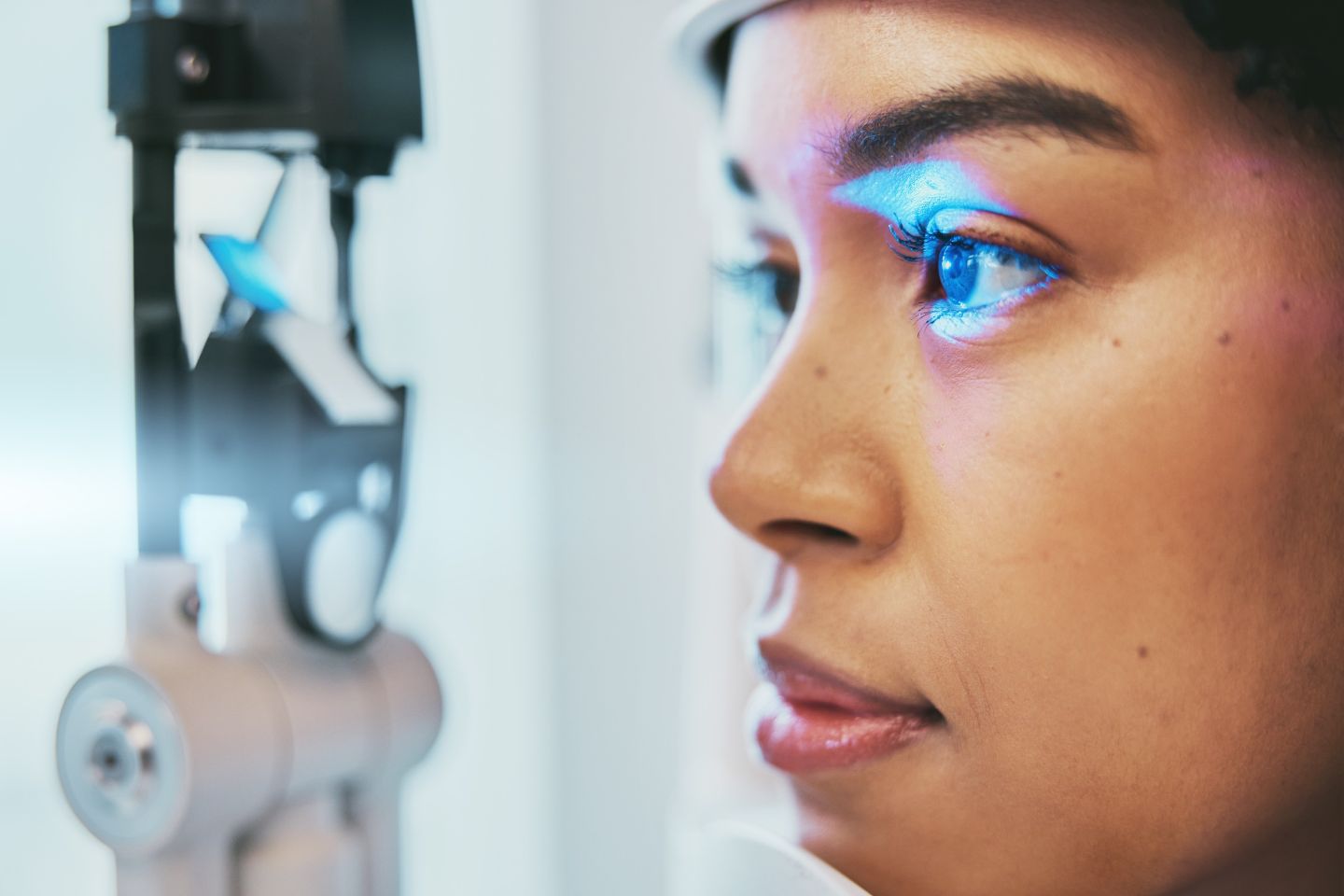
Ever wondered if LASIK surgery is right for you? This popular procedure has helped millions see clearly without glasses or contacts. But what exactly happens during LASIK, and is it safe? LASIK surgery involves reshaping the cornea to improve vision, often correcting nearsightedness, farsightedness, and astigmatism. It's a quick process, usually taking about 15 minutes per eye, with minimal discomfort. Recovery is fast, and many people notice improved vision almost immediately. However, like any surgery, it carries risks and isn't suitable for everyone. Understanding the benefits, risks, and what to expect can help you decide if LASIK is the right choice for your eyes.
What is LASIK Surgery?
LASIK surgery is a popular procedure to correct vision problems. It stands for Laser-Assisted In Situ Keratomileusis. This surgery reshapes the cornea to improve how the eye focuses light.
-
LASIK stands for Laser-Assisted In Situ Keratomileusis. The name might sound complicated, but it simply means using a laser to reshape the cornea without removing it.
-
It was first performed in 1989. Dr. Ioannis Pallikaris in Greece performed the first LASIK surgery. Since then, millions of people have benefited from this procedure.
How LASIK Surgery Works
Understanding how LASIK works can ease some concerns. The process involves a few key steps that are quick and precise.
-
A laser creates a flap in the cornea. The surgeon uses a femtosecond laser to create a thin flap in the cornea. This flap is then lifted to expose the underlying corneal tissue.
-
An excimer laser reshapes the cornea. The excimer laser removes tiny amounts of tissue to reshape the cornea. This helps light focus correctly on the retina, improving vision.
-
The corneal flap is repositioned. After reshaping, the surgeon places the flap back in its original position. It naturally adheres without stitches, promoting quick healing.
Benefits of LASIK Surgery
LASIK offers numerous benefits, making it a popular choice for vision correction. Here are some key advantages.
-
Quick recovery time. Most patients notice improved vision within 24 hours. Full recovery usually takes a few weeks.
-
High success rate. About 96% of patients achieve their desired vision after LASIK. Enhancements can further improve results if needed.
-
Reduced dependence on glasses or contacts. Many people no longer need glasses or contacts after LASIK. This can be a significant lifestyle improvement.
Risks and Considerations
Like any surgery, LASIK has potential risks. It's essential to weigh these before deciding on the procedure.
-
Possible side effects. Some patients experience dry eyes, glare, or halos around lights. These symptoms usually improve over time.
-
Not everyone is a candidate. Certain conditions, like severe dry eyes or thin corneas, can disqualify someone from LASIK. A thorough eye exam determines eligibility.
-
Rare complications. Though rare, complications like infection or flap issues can occur. Choosing an experienced surgeon minimizes these risks.
Cost and Accessibility
The cost and accessibility of LASIK can vary. Understanding these factors can help in planning for the procedure.
-
Average cost ranges from $2,000 to $3,000 per eye. Prices can vary based on location, surgeon experience, and technology used. Some insurance plans may cover part of the cost.
-
Financing options are available. Many clinics offer payment plans to make LASIK more affordable. It's worth exploring these options if cost is a concern.
Clear Vision Ahead
Lasik surgery has transformed countless lives by offering a quick, effective solution for vision correction. With a high success rate and minimal recovery time, it's no wonder many people choose this procedure. Understanding the benefits, risks, and process helps make an informed decision. Always consult with a qualified ophthalmologist to ensure you're a good candidate. Remember, while Lasik can significantly reduce dependence on glasses or contacts, it's not a one-size-fits-all solution. Individual results may vary, and some may still need corrective lenses for certain activities. Staying informed and discussing all options with your doctor is key. If you're tired of dealing with glasses or contacts, Lasik might be the answer you've been looking for. Here's to clearer days ahead!
Was this page helpful?
Our commitment to delivering trustworthy and engaging content is at the heart of what we do. Each fact on our site is contributed by real users like you, bringing a wealth of diverse insights and information. To ensure the highest standards of accuracy and reliability, our dedicated editors meticulously review each submission. This process guarantees that the facts we share are not only fascinating but also credible. Trust in our commitment to quality and authenticity as you explore and learn with us.


